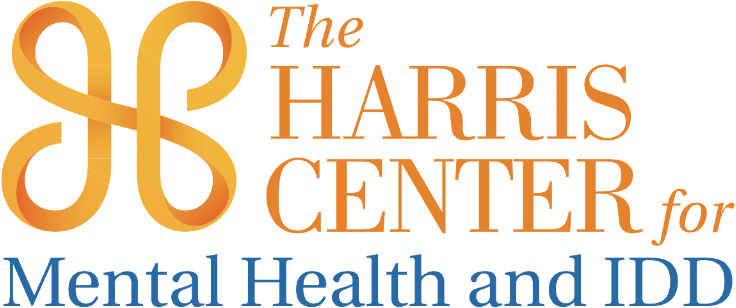
Autism Spectrum Disorder (ASD) refers to a neurodevelopmental disorder that is characterized by difficulties with social communication and social interaction across environments in addition to the presence of restricted and repetitive patterns in behaviors, interests, and/or activities. Asperger Syndrome, or “Asperger’s,” is a term that was previously used to characterize those individuals on the very high-functioning end of the Autism spectrum without a severe language delay. However, in 2013 the Diagnostic and Statistical Manual of Mental Disorders 5 (DSM-5) was revised to include one umbrella diagnosis of Autism Spectrum Disorder which replaced Autistic Disorder, Asperger’s Disorder, and other pervasive developmental disorders. The symptoms of Autism are present in early development and affect daily functioning

Impairments in Social Interactions and Communication (“Social Skills”)
Children on the autism spectrum share an inherent difficulty in their ability to relate socially to, or connect with, others. Children with ASD may prefer to be alone, make poor eye contact, and have difficulty interpreting the facial expressions of others. They often don’t respond to bids for their attention, and conversely, may rarely attempt to gain the attention of another. Deficits in joint attention are characteristic of children with ASD. Although delayed speech is often the first concern to be raised by parents, it is not a primary diagnostic characteristic of ASD. Instead, if the social use of communication is lacking, it would be important to evaluate for ASD. At any level of verbal language, the child usually has challenges in nonverbal or social use of language. For example, he or she may not use gestures or eye contact to regulate social interaction. Language may be a typical and lacking in communicative intent. Because of their difficulties with these foundational elements of social behavior, children with ASD often have difficulty establishing and maintaining friendships
Restricted and Repetitive Behavior, Interests, or Activities (RRBs)
Children with ASD often demonstrate a range of behaviors that are atypical, appear purposeless, and tend to be performed in a repetitive fashion. Motor stereotypes include behaviors such as hand flapping, unusual finger movements, rocking, and spinning. Language may be characterized by abnormal tone and prosody (pitch, intonation, stress, and rhythm used in speech “echolalia” (repeating or “echoing” words for phrases), or “scripting” (e.g., repeating lines from a favorite TV show). Play is often perseverative in nature and may be limited to lining up toys, spinning wheels, or mouthing objects. Children with ASD may adhere to strict routines in their daily lives and may appear resistant or have a tantrum when the routine is disrupted. They may develop preoccupations and attachments with atypical objects, such as a piece of paper or string. For some children, restricted interests are often manifested in their obsession with certain topics (e.g., dinosaurs, trains, solar system, etc.).
Early Signs of Autism
- Does not respond to his/her name Very selective (picky) eating habits
- Overreacts to sounds (e.g., covers ears)
- Engages in stereotypical behavior with hands (e.g., flapping hands when excited, hand-wrenching, twiddling fingers in the air, holding hands close to eyes, etc.)
- Avoids direct eye-contact or engages in intermittent/brief eye-contact during social interactions
- Difficulty adapting to unexpected changes to the daily schedule or routine (e.g., becomes overly frustrated/upset, repetitive questioning, appears lost, etc.)
- Shows little interest in people of similar age; tends to be more comfortable with older or younger peers
- Extremely good memory for highly fixated interests (e.g., specific dates, facts about dinosaurs, solar system, trains, etc.)
- Motor skill delays (e.g., difficulty learning to pedal and/or bicycle; tying shoes; awkward gait; poor coordination)
- Mimicking behavior of others without understanding the context
- Difficulty with reading comprehension or writing
- Has a highly preferred, specific way of doing or arranging things; becomes upset/frustrated when disrupted




